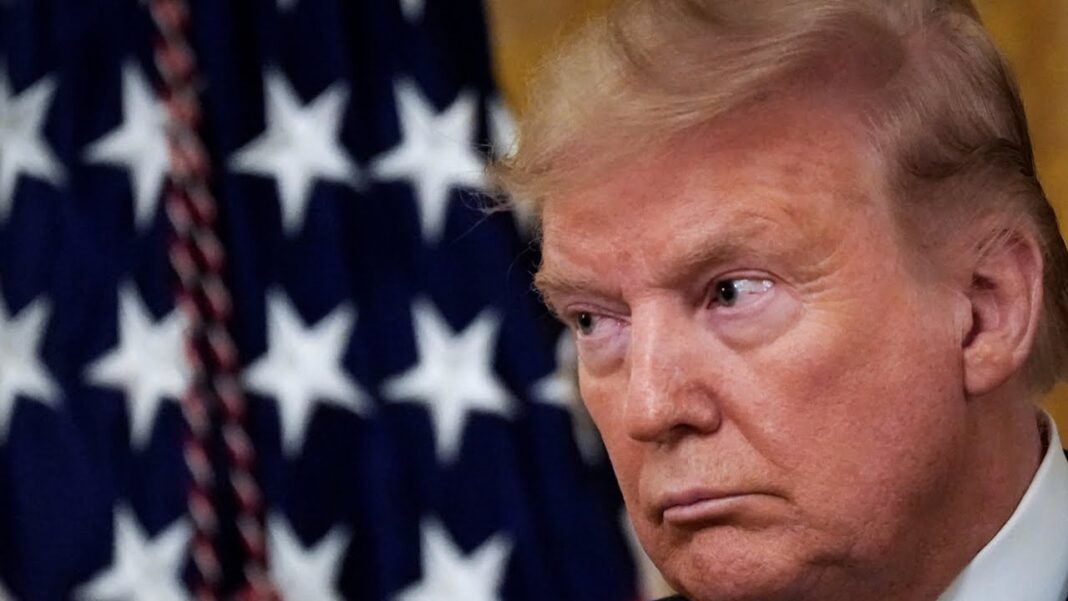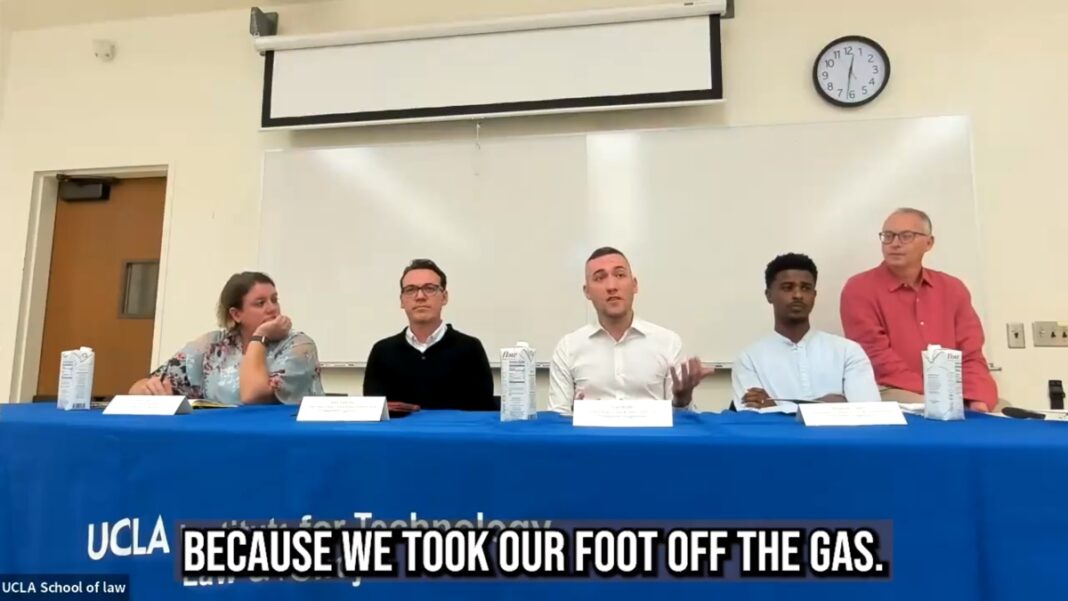The former president has thus far maintained that he has done nothing wrong in the case that may decide the fate of his real estate empire.
Former President Donald Trump will testify today as the defendant in a civil fraud petition brought by New York Attorney General Letitia James in September 2022.
The trial, presided over by New York Supreme Court Justice Arthur Engoron, began on Oct. 2, and is a bench trial. A number of outside bankers, financial experts, and accountants for the Trump Organization have already testified, as have Eric Trump and Donald Trump Jr., who are both executive vice presidents at the Trump Organization.
Ivanka Trump, who was dismissed from the case as a defendant, is expected to testify on Wednesday.
The former president has thus far maintained that he has done nothing wrong in the case that may decide the fate of his real estate empire. Trump Organization companies, President Trump, Mr. Eric Trump, Mr. Donald Trump Jr., Trump Organization chief financial officer Allen Weisselberg, and Trump Organization comptroller Jeffrey McConney are named defendants in a suit where the attorney general is accusing them of artificially inflating the asset values in Trump Organization statements of financial condition (SFC) to get better terms from banks and insurers, thus defrauding the state.
In April, President Trump was deposed for the case, and in a seven-hour testimony claimed that his properties were worth more than what was listed on the SFCs. He has said similarly in press briefings during the trial, and is expected to do so on the witness stand as well.
Trial Resumes—2:15 PM
President Trump took the stand again after the lunch break, testifying on documents related to a 2012 bank agreement, as his attorneys object because it falls outside the statute of limitations.
The document shows that President Trump was required to maintain unencumbered liquid assets of $50 million, which President Trump said was true, adding that the banks “weren’t interested in anything but cash,” placing higher importance on his cash balance than his SFC, which served as a marketing document and summary of his net worth.
By Catherine Yang and Michael Washburn






